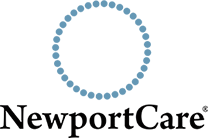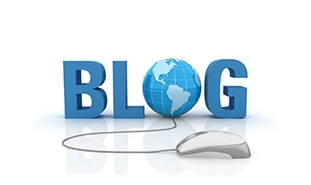The twinge of pain you feel on the outside of your forearm every time you hit a backhand on the tennis court could be a sign you have developed a tennis elbow, a very common orthopedic issue that affects not only tennis players but a lot of people who don’t play tennis as well. In fact, only 5% of people diagnosed with a tennis elbow actually play tennis. So, what really causes a tennis elbow?
A tennis elbow may be caused by any repetitive movement which strains the tendon on the outside of your elbow. This leads to pain and inflammation in the area which can interfere with your tennis game and also activities of daily life such as lifting objects or gripping things.
Here are some top treatments for a tennis elbow:
Rest, icing, over-the-counter pain meds, and activity modification: Trying to play through the pain can aggravate your condition leading to permanent elbow injury. If detected early, taking a couple of weeks’ rest, icing the area for 15-20 minutes 3-4 times a day, pain meds for a short period of time, and avoiding any activity that aggravates your pain may be the only thing you require to treat your tennis elbow.
Physical therapy rehabilitation: After allowing sufficient time for recovery, talk to your doctor or a physical therapist about special exercises to strengthen the forearm muscles and warm up the elbow joint to minimize the risk of re-injury.
Bracing: Once you get back on the court, a counterforce brace strapped around the forearm may help redirect forces away from the injured tendon. Many tennis players can return to play after injury at the highest level of the game using such braces.
Corticosteroid injections: If your tennis elbow is not getting better after 2 months of rest and rehabilitation, corticosteroid injections into the elbow joint may hasten the healing process. However, these injections cannot be taken too often, or they might lose their effectiveness and even worsen the condition.
Extracorporeal shockwave therapy: This is a noninvasive treatment that transmits acoustic shockwaves through the skin to the injured tendon to stimulate healing. Although the treatment has proven to be effective in certain studies, the exact mechanism of action is unknown.
PRP and stem cell therapy: These are advanced treatments that are rapidly changing the field of Sports Medicine and can help you get back on the court with minimal downtime. They work by harnessing the body’s natural healing potential and cause regeneration of tissue.
Surgery: If conservative treatments fail, your doctor may recommend surgery to remove damaged tissue and repair your tendon. In most cases, the surgery can be performed as a minimally invasive procedure in an outpatient setting.
If you are suffering with a tennis elbow or any kind of musculoskeletal injury that is preventing you from doing the things you enjoy, visit the NewportCare Medical Center for cost effective, high quality orthopedic care.






